Three pots of inspiration: Spring, spring, spring!
Surrealism, Peggy Guggenheim's bed frame, and ultra-miniature Japanese sculptures.
If you’re reading this in your email app, it may be truncated. You can click through to see it more properly in a browser, or in the Substack app if you have it.
The mind of a visual thinker (hi!) is PACKED with photographs, colors, textures, and various oddities—both real and imagined. While Absolument is always a snapshot of what’s skipping around in my head, I want this writing to hyper-reflect what’s going on up there right now.
The first installment of inspirational pots included Ionic columns, vintage couture frocks, and oil paintings galore. My most recent edition covered my visual feelings during March: Gala Dalí, the theme of swirls, and vintage fashion photography with art museums as backdrops. Can you sense a theme of where my head’s at during this season of life?
Three pieces of ephemera I’ve been captivated by:
- ’s April Specials newsletter introduced me to Italy Segreta, which undoubtedly is giving me one million future travel ideas! One of which is a private tour of a Caravaggio painting that has gone through restoration work in this Italian studio. Ummm, I want to be up close and personal with Caravaggio painting conservators, what the heck!!!! It’s nerdy and the perfect way to spend your time in Italy—at least the time you aren’t spent with a gelato in hand. There are two great things in the world: gelato and Caravaggio, and you can sadly never combine the two.
Everyone and their mom went to Salone this month. Mais, pas moi ! It’s flooded my eyes with visions of overly-and-perfectly-designed Italy. Below is Adam Štěch’s photo of the Palazzo e Torre Rasini in Milan, designed by my favorite, Gio Ponti, and Emilio Lancia in 1933. Also by Adam is a photograph of the Mediterranean Theater’s glass staircase railing in Naples. It was featured in the World of Interiors, and seen by my eyes via Widen.
Peggy Guggenheim’s silver bed head, as created by Alexander Calder in 1945-46. Every time I see these photographs circle around the internet or in books, I just about leap out of my seat. I love it so much that I found a vintage necklace just like it to wear during my wedding—stay tuned!
In New York in the winter of 1945–46, Peggy Guggenheim commissioned Alexander Calder to make a silver bedhead.¹ His design combines fish, insect, and plant motifs in an exuberant conflation of the worlds of sea and garden. The two fish at the lower left are free-hanging elements. The outer curve of a large spiral comprises the basic circular structure of the bedhead, which is elaborated with decorations of hammered and cut silver. Although these botanical forms are fixed permanently in position, their curving, twisting contours nonetheless convey a sense of perpetual natural motion.
Calder first twisted wire into three-dimensional forms in his wire sculptures of the mid-1920s. Subsequently, he twisted, cut, and hammered wire and gold, silver and brass into jewelry for his friends and patrons. It has been suggested that the delicate and slender forms of some of Calder’s metal constructions of the early 1940s are indebted to his jewelry of the 1930s, which included both simple animal motifs and curvilinear or spiraling abstract forms.² Calder’s book illustrations also contributed to the development of a graphic lyricism in his sculpture. Many of the vegetal forms in the bedhead share the spontaneity and inventiveness of Calder’s line-etching illustrations. In particular, the soaring zigzag fern motif on the left and the numerous spiral-shaped blossoms anticipate the illustrations executed in 1946 for Eunice Clark’s Fables of La Fontaine (for example, the “Stag and the Vine”).
The compressed, shallow relief of this piece answers neatly the practical demands of Guggenheim’s commission for a bedhead. This project allowed Calder to exercise his calligraphic skills not only in the more conventional realm of book illustration but also in drawing on a blank wall with a line of silver metal. The worked surface of the hammered silver, which reflects light in countless directions, adds variety and a three-dimensional presence to each of Calder’s lines.
- Elizabeth C. Childs, text as found on The Solomon R. Guggenheim Foundation Peggy Guggenheim Collection site
Three books I’m in the middle of:
The Lives of the Surrealists by Desmond Morris because what better than to read a book about one of my top-three favorite art movements that was written BY a real life Surrealist? I bought it at the Fundación Miró in Barcelona, which made me furiously love it before I even opened it. The intro is a little bookish and stale, but once you get into the meat of things, it quickly explodes in vivid color and movement. This book feels fitting to transition from winter to spring and then to fast-approaching summer because the energy of the Surrealists’ ideologies undeniably wakes you up. It’s entrancing!!!
Surrealism did not begin as an art movement but as a philosophical strategy, a way of life, and a rebellion against the establishment that gave rise to the First World War. In The Lives of the Surrealists, Desmond Morris concentrates on the artists as people—as remarkable individuals. What were their personalities, their predilections, their character strengths and flaws?
Unlike the Impressionists or the Cubists, the Surrealists did not obey a fixed visual code, but rather the rules of Surrealist philosophy: work from the unconscious, letting your darkest, most irrational thoughts well up and shape your art. An artist himself, and contemporary of the later surrealists, Morris illuminates the considerable variation in each artist's approach to this technique. While some were out-and-out Surrealists in all they did, others lived more orthodox lives and only became Surrealists at the easel or in the studio.
Focusing on the thirty-five artists most closely associated with the surrealist movement, Morris lends context to their life histories with narratives of their idiosyncrasies and their often complex love lives, alongside photos of the artists and their work.
The Hare with Amber Eyes: A Hidden Inheritance by Edmund de Waal has been taking me on a historic scavenger hunt related to a form of sculpture that I discovered in my mid-20s in the Japanese pavilion at LACMA. Do you know about the art of netsuke? As soon as I finish this book, I plan to write a very long synopsis of it because every facet of the history of netsuke and how de Waal has been tracing the miniatures throughout his family lineage is FASCINATING.
Edmund de Waal is a world-famous ceramicist. Having spent thirty years making beautiful pots, he has a particular sense of the secret lives of objects. When he inherited a collection of 264 tiny Japanese wood and ivory carvings, called netsuke, he wanted to know who had touched and held them, and how the collection had managed to survive.
And so begins The Hare with Amber Eyes, this extraordinarily moving memoir and detective story as de Waal discovers both the story of the netsuke and of his family, the Ephrussis, over five generations. A nineteenth-century banking dynasty in Paris and Vienna, the Ephrussis were as rich and respected as the Rothchilds. Yet by the end of the World War II, when the netsuke were hidden from the Nazis in Vienna, this collection of very small carvings was all that remained of their vast empire.
War and Peace by Leo Tolstoy was not a book I imagined I would ever read, and definitely not one that I thought I would become so engrossed in! It’s 1,358 pages and has 500 characters, BUT it feels oddly easy to follow. I’m getting a glimpse of what aristocratic life is like (being wealthy is not in my cards), and being a fly on the wall in 1805 while peering into parlor parties is weirdly fun. I began following along with
’s Substack reading group, which promises that we’d read a chapter each day. I’m grossly behind schedule, but that’s what happens when I read three books at a time, among living.
Three museum exhibitions I wish I could see right now:
Speaking of Surrealism! “The Surrealist Lee Miller” is open at The Andalusian Centre for Photography in Spain until June 16th. My first Substack post mentioned my love for Lee Miller, and I’ll keep talking about her for possibly…ever! If you (understandably) can’t make it to Spain, you can view nearly 5,000 of her photographs in the Lee Miller Archives picture library online.
If you want to get even more granular in your Lee admiration, her granddaughter published a cookbook that “explores Lee Miller’s life through the influence of food, and how it ascends to becoming the creative vehicle that she eventually swaps her camera for and uses to build bridges, heal old wounds, and to empower other women.”


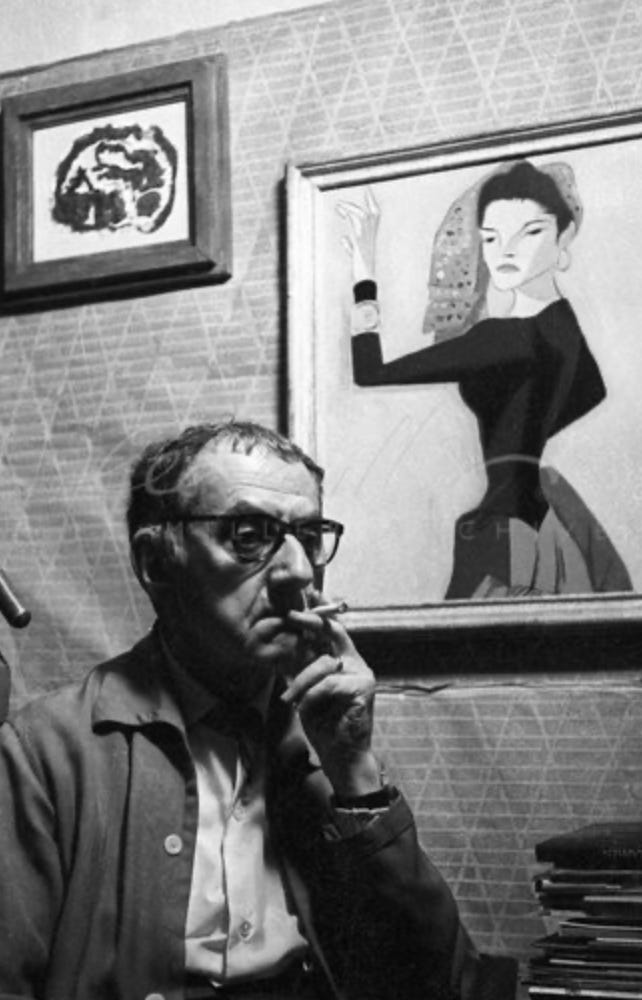





2. “Arab Presences, Modern Art and Decolonization, Paris 1908-1988” at Le Musée d’Art Moderne de Paris.
The Musée d'Art Moderne de Paris is inviting visitors to rediscover the diversity of 20th-century Arab modernism and to take a fresh look at the history of art scenes still little known in Europe. Through a selection of over 200 works, most of which have never before been exhibited in France, the exhibition Modern Art and Decolonization: Paris 1908 – 1988 focuses on the relationship between Arab artists and Paris throughout the 20th century. The "Young Painters Salon" in Paris was dominated by political issues and international anti-imperialist struggles, from the Vietnam War to the Palestinian cause.
- ’s post about her most-recent Paris trip tipped me off to an exhibition that I hope to see before its end in October: The Birth of Department Stores: Fashion, Design, Toys, Advertising from 1852-1925 at Le Musée des Arts Décoratifs. Here are two photographs Katie took during her visit that sold me immediately:
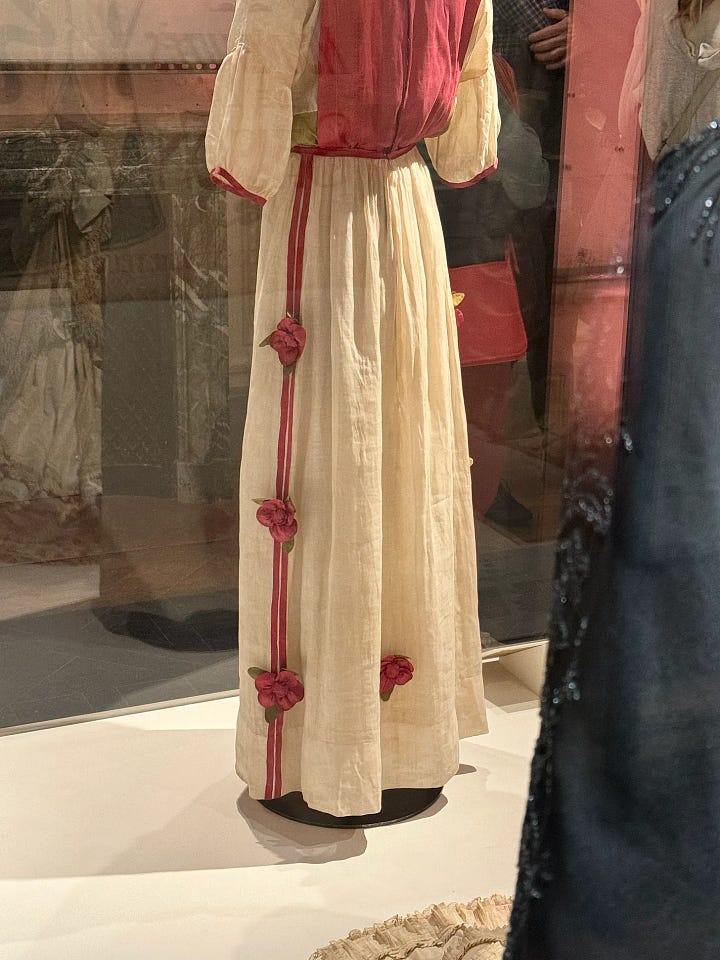
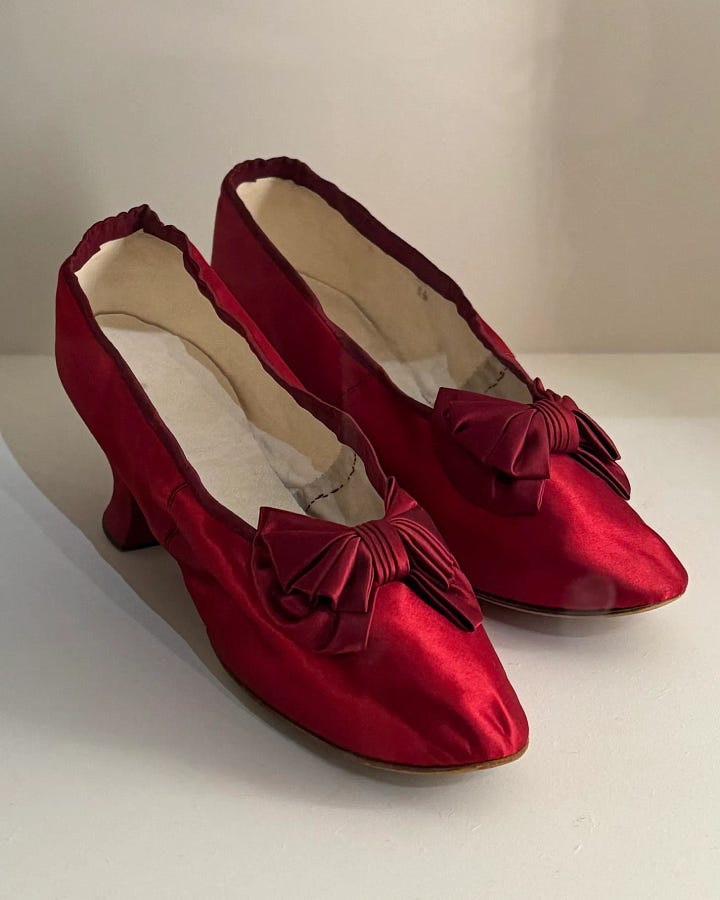
The exhibition:
examines the rise of department stores within the historical, political, and social context of the Second Empire, exploring the development, golden age, and consecration of these mammoth Magasins at the 1925 International Exhibition of Decorative and Industrial Arts. Beginning with the establishment of Le Bon Marché, Les Magasins du Louvre, Le Printemps, La Samaritaine and Les Galeries Lafayette, the exhibition will convey the importance of this new style of commerce and explain how it gave rise to a female-driven world of consumerism.
From the Absolument ! Archives:
- interviewed me for her CHAPTERS series recently, which includes short stories that I pulled from my life experiences or from literature I admire. She also posted a fun exercise on Substack Notes, asking people to share a grid of photographs of what they’ve been wearing, reading, eating, etc. lately. My grid is full of red, which comes as no surprise!
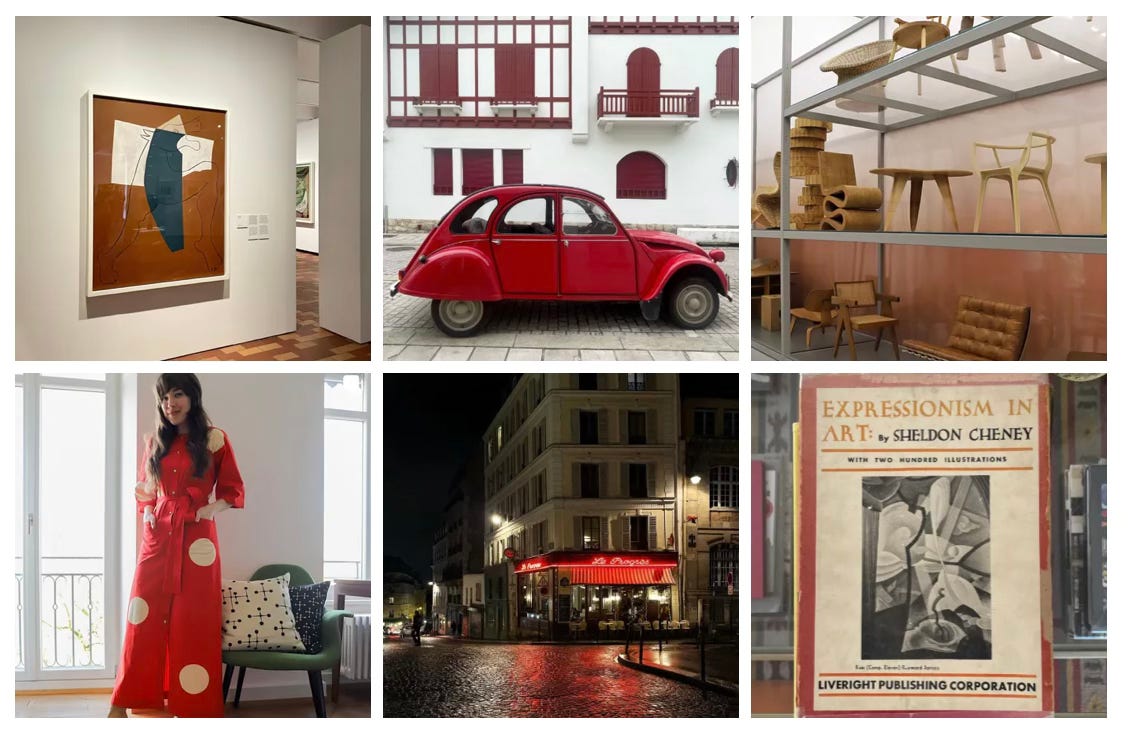
March’s installment of Three Pots of Inspiration, featuring: the Dalís, the importance of a good swirl ꩜, and shimmering sardine-shaped pillows that I didn’t realize were 8,000 EUR!
Modern painter Hans Hofmann’s book recommendation, that will help you feel like you were one of his fine art students in the 1930s.
**
May your eyes lead you to wondrous places this week!
Kelsey Rose


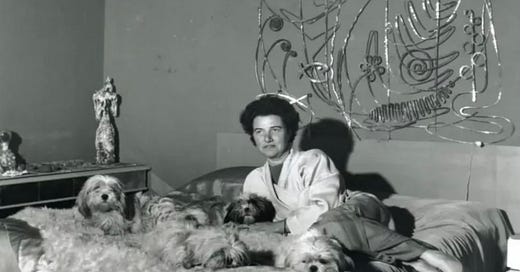


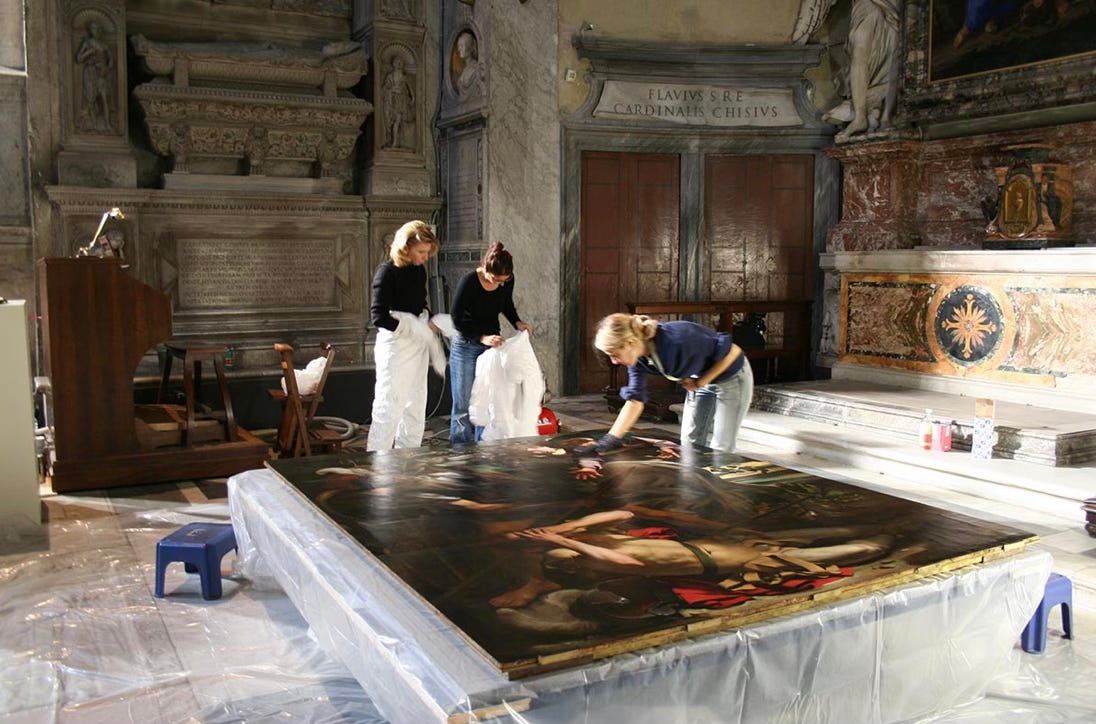
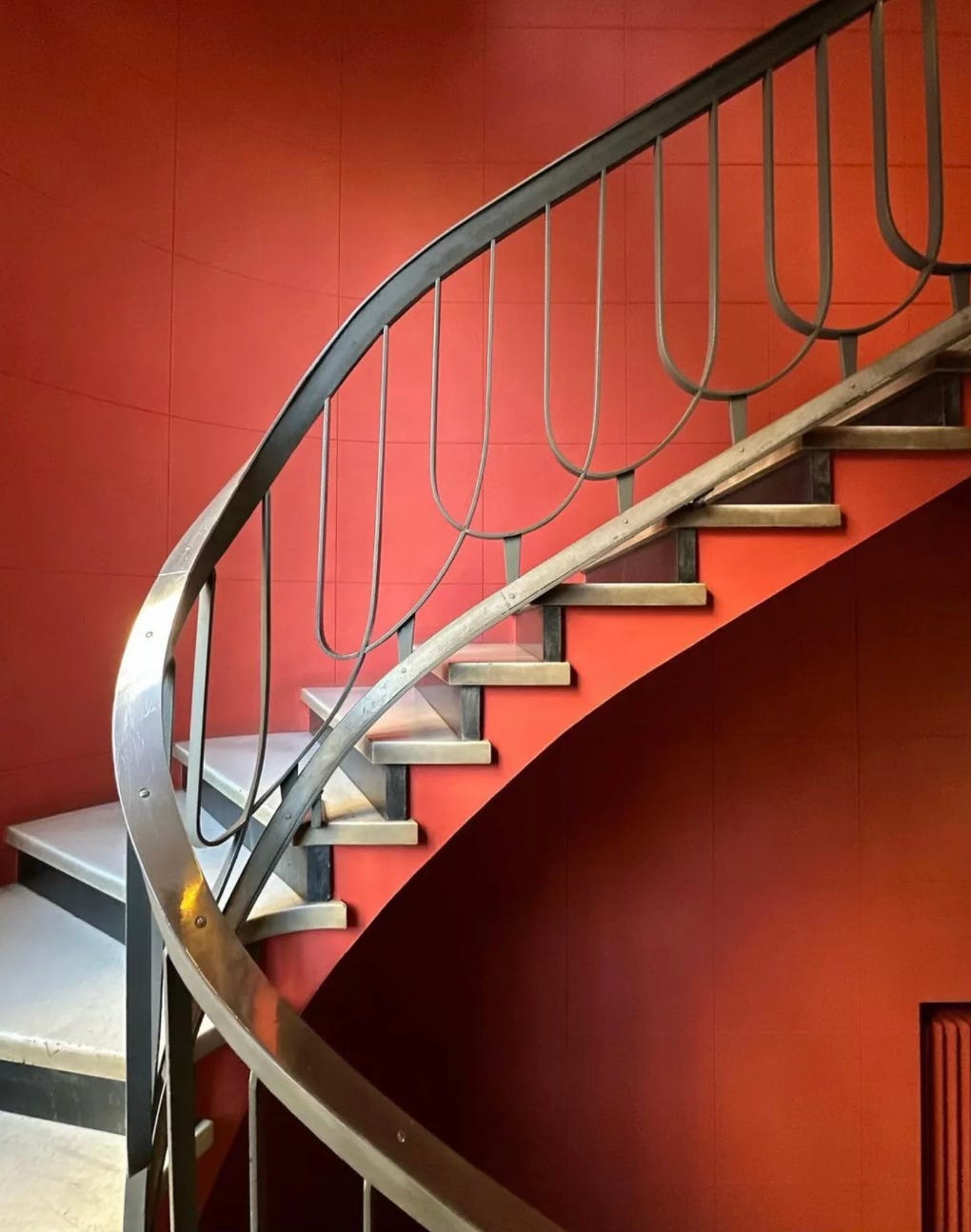


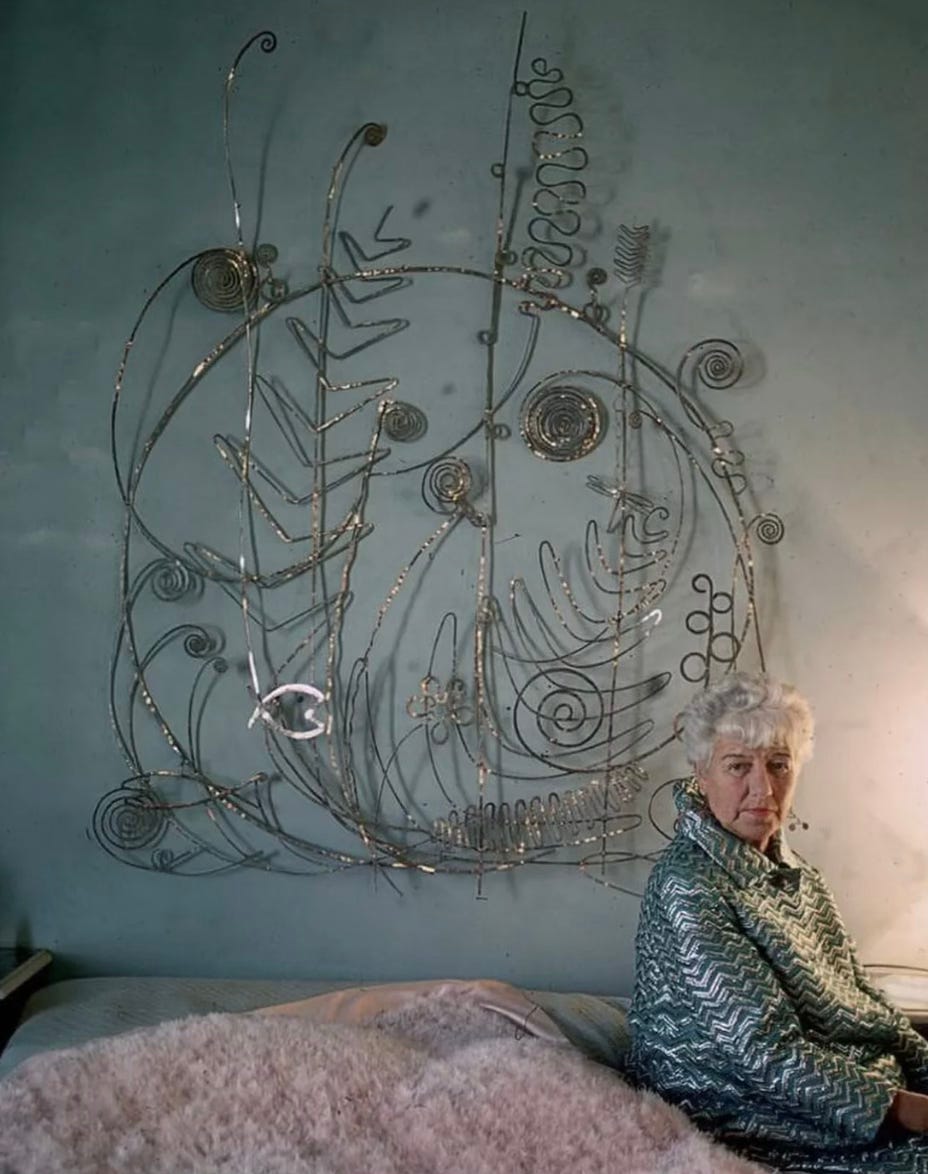
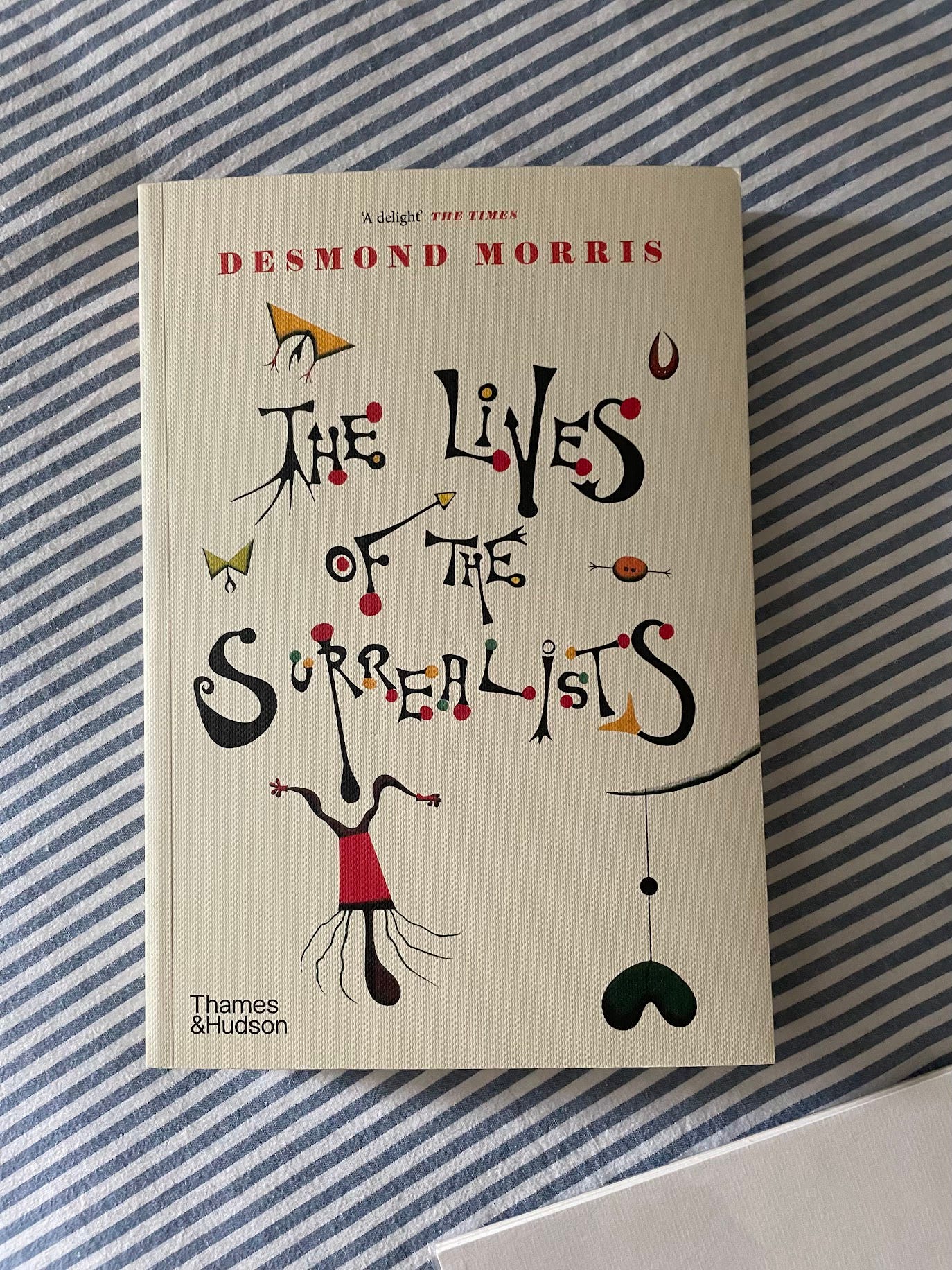
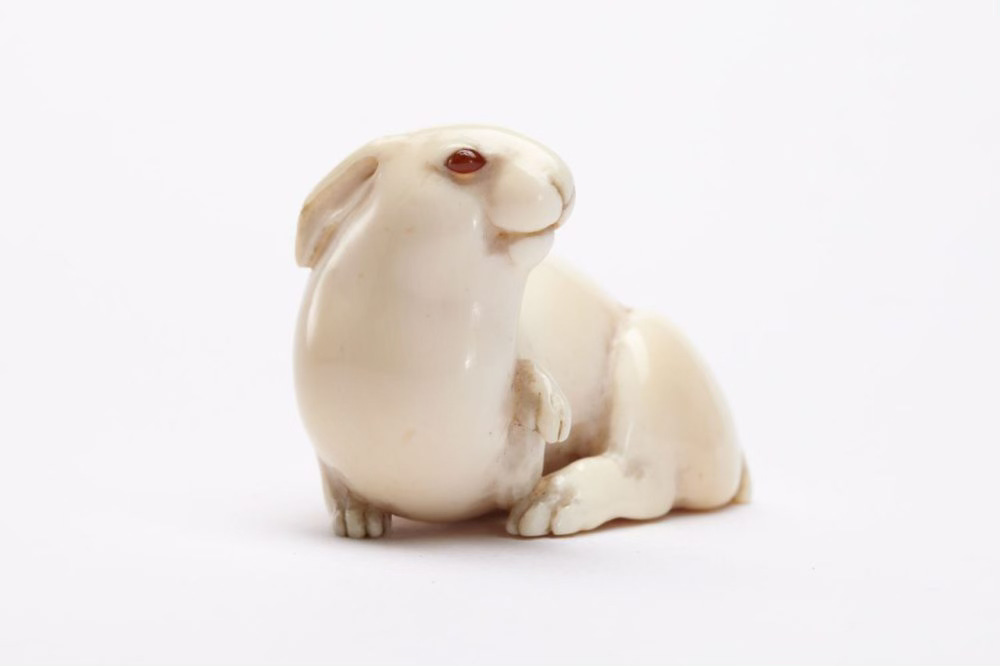
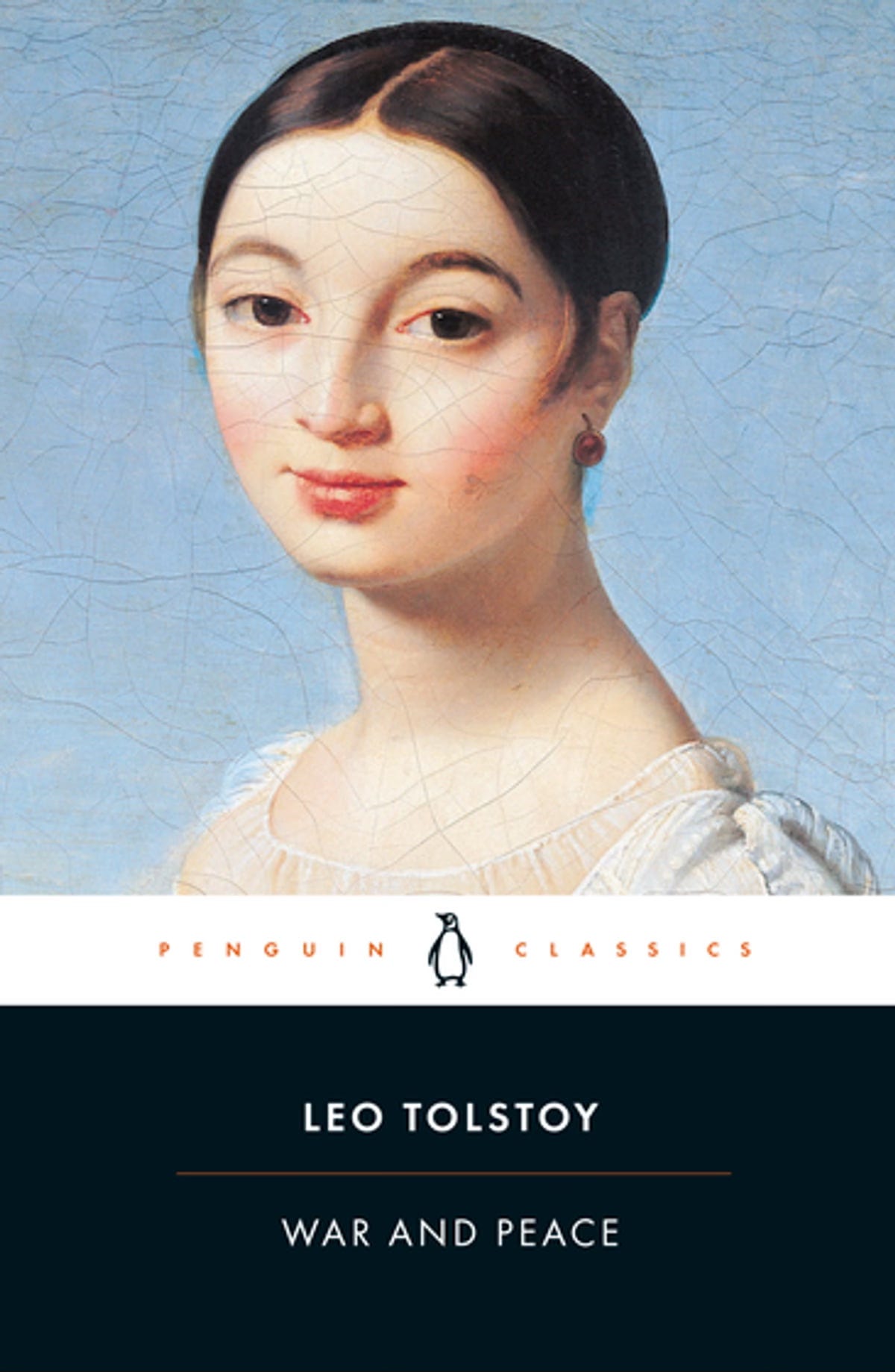
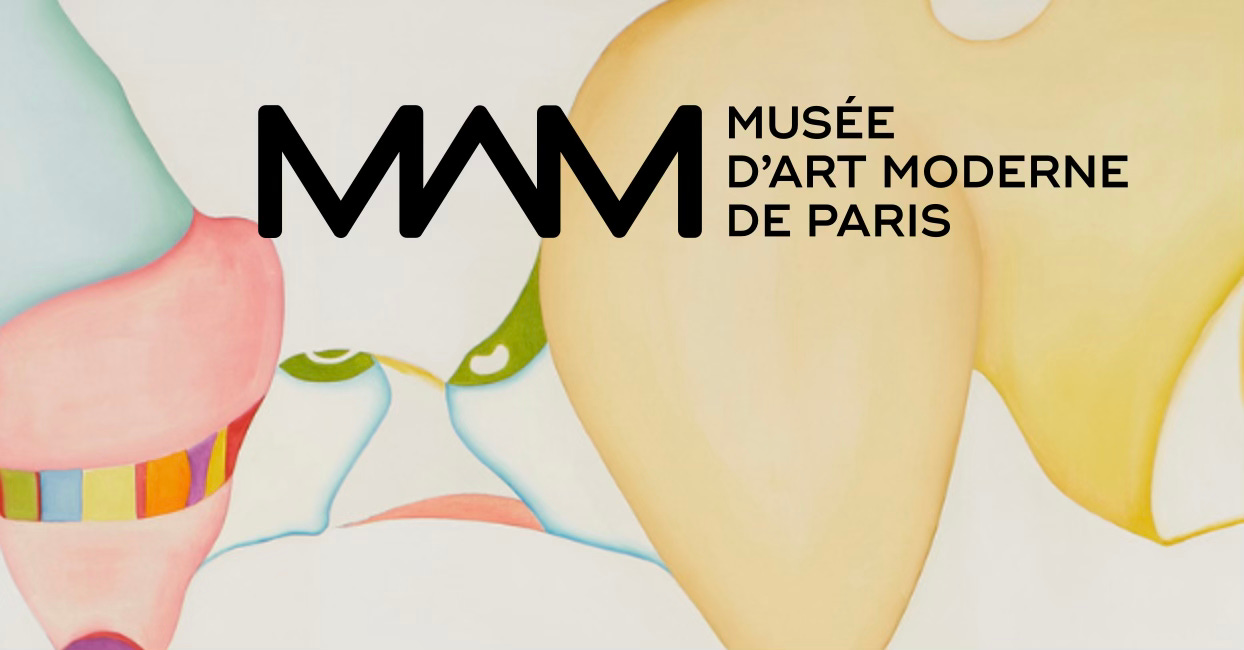
Italy Segreta ✅ Alexander Calder anything ✅ (also Peggy Guggenheim anything ✅) red satin shoes...with bows ✅ ...all sooooo good!
Oh my gosh I MUST read The Lives of the Surrealists! J'adore as always, Kelsey!